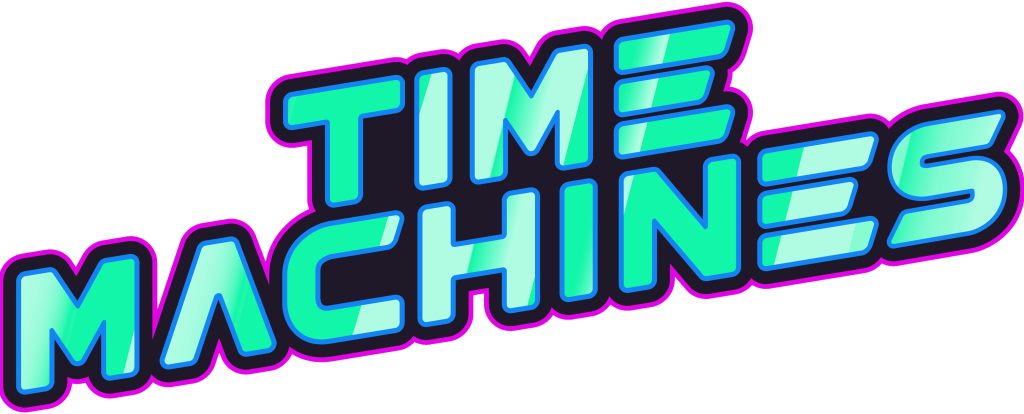Light behaves in fascinating ways: it travels in a straight line but can do surprising things—bouncing off a mirror (reflection), changing direction as it passes through a lens (refraction), or even splitting into the colors of the rainbow (dispersion) with a prism.
Play!
Here, you can experiment with lenses and mirrors to discover how light works. Make light rays bounce (reflection) or focus light to a point (refraction).
By experimenting, you’ll understand how telescopes work—these “time machines” that collect light to observe distant stars and planets in the cosmos.
Enjoy exploring the world of light and optics!
Modern telescopes capture images of the sky using digital sensors called CCDs (Charge-Coupled Devices).
These sensors are similar to those in smartphone cameras: they record light on a grid made up of millions of tiny elements called pixels.
Each pixel collects a certain amount of light and converts it into data. The more pixels there are on a given surface, the more details we can distinguish—this is called resolution. An image with few pixels appears blurry or “blocky,” while one with more pixels is sharper and more detailed.
Thanks to this technology, we can observe distant galaxies and cosmic phenomena with incredible precision.
Play!
Discover how telescopes create detailed images of the cosmos!
Take the coloured tubes from the base and place them into the holes of the grid.
On the left, the holes are larger (2 cm), while on the right, they are smaller (1 cm) and more numerous.
Try to recreate the same image on both grids.
What happens? You’ll notice that the image on the right is clearer and more precise!
This is because there are more holes—just like in telescopes: the smaller the “dots” that form an image (like pixels in a photo), the more details we can see.
Have fun exploring how resolution affects the quality of the images astronomers use to study the Universe!
Gaia has continuously observed the sky, scanning each area around 140 times during its operational lifetime, for a total of 1 trillion observations.
The data collected, mapping nearly 2 billion objects with unprecedented astrometric precision, is being analyzed by the Data Processing and Analysis Consortium (DPAC). One of the six European centers of this consortium is the Data Processing Center in Turin (DPCT).
This Big Data infrastructure, led by INAF in Turin, was developed thanks to the Italian Space Agency (ASI) and the combined efforts of specialists from ALTEC and INAF, in partnership with CINECA. Many INAF researchers are involved in this revolutionary mission, a cornerstone of the ESA scientific program, in which Italy plays a leading role.
It’s your turn!
Push the joystick forward to move Gaia until the sky scan is complete and watch as the satellite maps the entire Galaxy, one strip at a time.
Keep holding the joystick in the same position until new instructions appear on the screen, to explore increasingly detailed data of the Milky Way.
Press the X button to return to the beginning.
According to Albert Einstein’s General Theory of Relativity, space and time form a fabric called spacetime, which is warped by the presence of mass and energy.
The greater the mass of an object, the deeper the “curvature” it creates, and this distortion gives rise to the gravitational field. This is how gravity works: a planet orbits the Sun because it follows the curvature of spacetime caused by the Sun’s mass.
Play with the Extreme Gravity of a Black Hole!
Imagine being near a black hole or a very massive object: its gravity is so intense that anything coming too close is pulled in!
Here, you can experiment with how its gravitational field works.
🔹 STEP 1: Pick a ball and roll it on the table.
🔹 STEP 2: Watch how its path is deflected by the gravitational field.
🔹 STEP 3: Try using balls of different masses and see how they behave!
Planets, stars, and even light are affected by gravity.
This experiment helps you understand how objects move in space around an extremely massive body.
Exhibit created by INFN, the National Institute for Nuclear Physics
In 1912, cosmic radiation was discovered: cascades of high-energy particles continuously striking the Earth.
Cosmic rays, mainly composed of protons and atomic nuclei, originate from the Sun, stars, and celestial bodies beyond the Milky Way.
The National Institute for Nuclear Physics studies them through experiments in space, on the ground, and even underground.
Traveling at nearly the speed of light, cosmic rays collide with the Earth’s atmosphere, triggering a cascade of subnuclear particles that can reach the ground and even penetrate rock for kilometres.
Studying cosmic rays offers a window into the most energetic processes occurring in the depths of the cosmos.
Meanwhile, as you read this, dozens of muons are passing through you.
Take a Cosmic Shower!
The shower box doesn’t generate particles—it simply detects the cosmic rays that surround us, part of the “sea” of natural radiation in which we live.
The light that reaches us from the depths of the Universe can only be observed thanks to our powerful time machines: telescopes.
By analyzing the radiation we receive, we can create stunning images—but we can also transform this data into sound.
For example, the color of light can be mapped to pitch: higher-pitched sounds correspond to shorter wavelengths, while lower-pitched sounds correspond to longer wavelengths.
Brightness can be translated into volume: louder for brighter sources, quieter for dimmer ones.
This process, called sonification, allows us to “listen” to the Universe.
Listen!
Move closer to the speakers to “hear” different cosmic phenomena:
🔹 SOUND 1: A galaxy cluster formed by the collision of two smaller clusters, whose light started its journey 3.8 billion years ago.
🔹 SOUND 2: Observations of galaxies at increasing distances, reaching up to 7.6 billion years ago.
🔹 SOUND 3: The cosmic microwave background, the oldest light in the Universe, dating back to about 13.7 billion years ago.
Notice the differences between the sounds.
More information about these three sounds here.
Credits:
1: NASA/CXC/SAO/K. Arcand, SYSTEM Sounds (M. Russo, A. Santaguida)
2: zCOSMOS Survey (ESO/VLT/VIMOS); S. Bardelli (INAF), C. Ferretti (sound artist), M. Rinaldi (sound artist), G. Presti (sound artist – Laboratorio di Informatica Musicale dell’Università degli Studi di Milano)
3: J. van der Veen (CMB Power Spectrum Models); R. McGee (Sonification)






